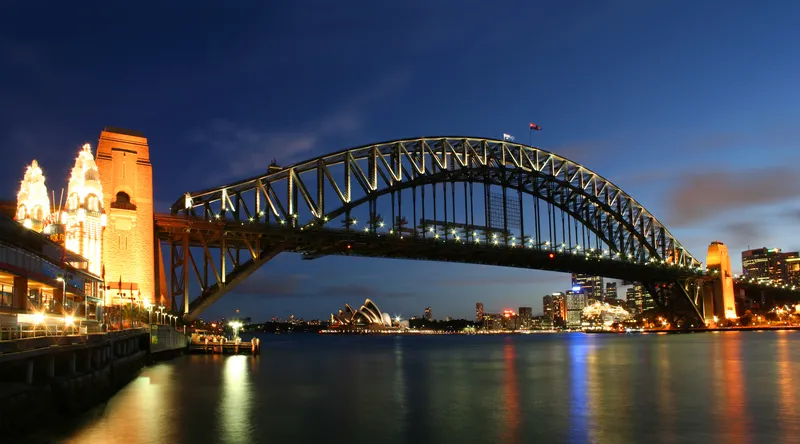A joint venture of Jacobs Engineering Group and Aurecon has been awarded a contract to carry out the engineering design for the multi-billion dollar WestConnex New M5 Project in Sydney, Australia.
WestConnex is a critical part of the New South Wales (NSW) Government’s integrated transport solution and aims to significantly reduce the congestion impacting hundreds of thousands of NSW road users every day.
The New M5, which is expected to double the capacity of the heavily congested M5 East motorway co
May 18, 2016
Read time: 2 mins
A joint venture of 6320 Jacobs Engineering Group and Aurecon has been awarded a contract to carry out the engineering design for the multi-billion dollar WestConnex New M5 Project in Sydney, Australia.
WestConnex is a critical part of the New South Wales (NSW) Government’s integrated transport solution and aims to significantly reduce the congestion impacting hundreds of thousands of NSW road users every day.
The New M5, which is expected to double the capacity of the heavily congested M5 East motorway corridor, providing new twin tunnels 9 kilometres long between Kingsgrove and St Peters, is the largest section of the WestConnex project tendered to date. It is being delivered by the CPB Contractors Dragados Samsung joint venture, with the Jacobs/Aurecon joint venture providing multi-disciplinary engineering design services.
To assist with the coordination and integration of design with other parties, three dimensional design and building information management (BIM) systems are being used to design and document elements of the project.
WestConnex is a critical part of the New South Wales (NSW) Government’s integrated transport solution and aims to significantly reduce the congestion impacting hundreds of thousands of NSW road users every day.
The New M5, which is expected to double the capacity of the heavily congested M5 East motorway corridor, providing new twin tunnels 9 kilometres long between Kingsgrove and St Peters, is the largest section of the WestConnex project tendered to date. It is being delivered by the CPB Contractors Dragados Samsung joint venture, with the Jacobs/Aurecon joint venture providing multi-disciplinary engineering design services.
To assist with the coordination and integration of design with other parties, three dimensional design and building information management (BIM) systems are being used to design and document elements of the project.









